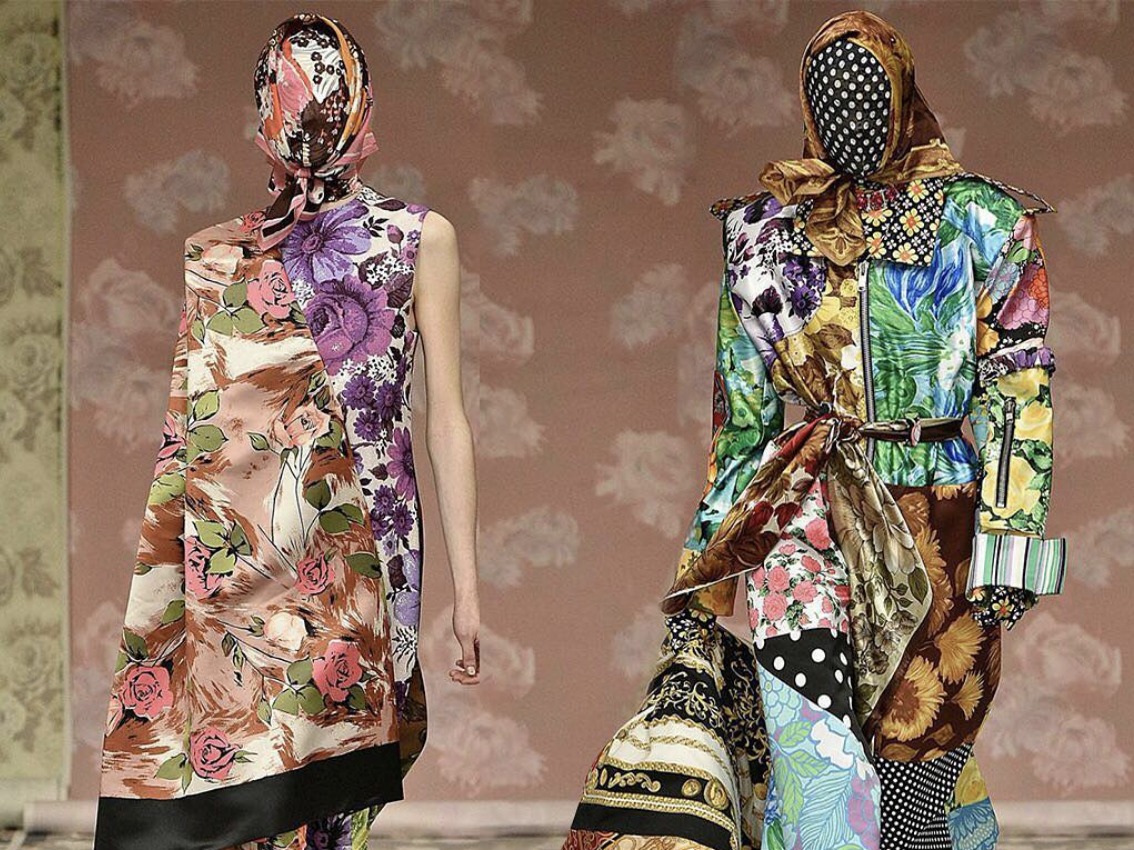
Pattern creation: Tools that layout fabric patterns.Digital designs: Digital designs are easier to change and share than hard copies.CAD is precise, repeatable, extensible, and true-to-life. Computer-aided design: CAD makes it easier to create detailed drawings and technical illustrations for production.
#Digital textile design software software#
While most software options specialize in specific aspects of the design or production process, the majority of products offer one to three of the following features: While there are many fashion design software options available, few can do everything. Typical features of fashion design software Designers who aren’t confident illustrators on paper can use CAD to make accurate and impressive renderings.ģ. CAD, on the other hand, is a learned skill supplemented by abundant tutorials and documentation. Drawing by hand is a talent not everyone masters.
.jpg)
CAD also facilitates highly efficient pattern layout, preventing costly fabric waste. Design inspiration can be tested on the computer before incurring costs associated with fabric inventory, storage, and model fees. Design evolution is easy to see, versions are saved digitally, and designs are instantly shareable with other members of the production team, regardless of physical location. On a computer, iterative design upgrades can happen in seconds.

Design iterations on paper often require designers to start from scratch to make significant changes. While fashion designers have historically sketched outfits on paper, today’s designers rely on computer-aided design (CAD), which allows:


 0 kommentar(er)
0 kommentar(er)
